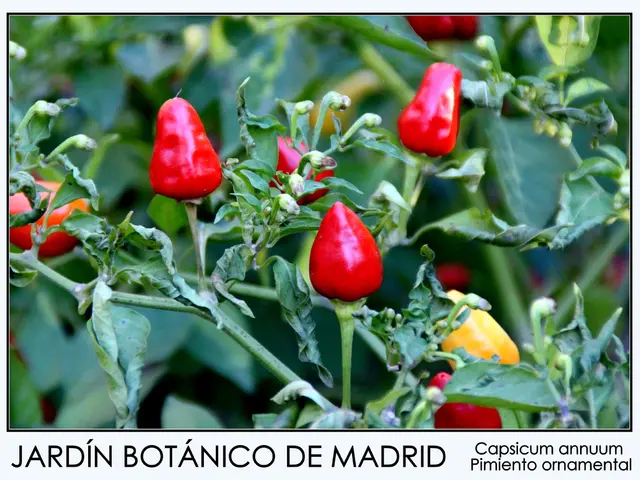Guide to Creating Fermented Syrups (Koso, Cheong)
In the realm of homemade syrups, fermented strawberry syrup stands out as a versatile and flavourful addition to your culinary arsenal. Here's a step-by-step guide to creating this delightful syrup, along with an exploration of traditional Japanese (Koso) and Korean (Cheong) fermentation methods.
To begin your strawberry syrup journey, gather the necessary tools: a glass jar with lid, wooden spatula, knife and chopping board, kitchen scale, sieve or strainer bag, and a large glass bottle for storage.
The recipe calls for 250g of fresh strawberries and 250g of sugar. If your strawberries are large, cut them into pieces to optimize the extraction of water and flavour. Stem and quarter them if they're too big. Layer the prepared strawberries and sugar in the jar, alternating the layers and topping with a generous layer of sugar. Stir the jar twice a day for the first few days until the sugar has completely dissolved.
After about two weeks, filter the liquid and store it in a clean bottle in the fridge. This fermented syrup can be used to replace commercial syrups, diluted in hot water for 'tea' or herbal tea, substituted for maple syrup or honey in sauces, marinades, or dressings, used as a topping on pancakes, crepes, waffles, etc., and added to cocktails for a fruity and original touch.
If you're concerned about alcoholic fermentation, increase the amount of sugar to 1.1/1, and keep the bottle of syrup in a cool place. Once the syrup is ready, it can be briefly pasteurized at 74°C for 15 to 30 seconds and then cooled quickly.
The remaining fruit can be eaten as jam, fruit paste, added to yogurt, topped with ice cream, or reused for a fruit liqueur. If mould appears on the syrup, stir it regularly until the sugar has dissolved to prevent it. If you're concerned about the risks, discard the whole mixture.
Now, let's delve into the world of traditional fermentation techniques. Traditional methods of making Japanese Koso and Korean Cheong both involve fermenting fruits, vegetables, or herbs with sugar without cooking, though their fermentation times differ significantly.
Koso is made by mixing fresh fruits or plants with sugar and allowing natural fermentation to occur for about one week. This process produces a syrup rich in flavours and enzymes, relying on naturally occurring microbes to ferment the mixture without heat. The fermentation is relatively fast in Japan, typically lasting about a week.
Cheong, the Korean equivalent, follows a similar principle—fermenting fruit, flowers, or herbs with sugar or honey—but undergoes a much longer fermentation process, traditionally around one year. The extended time allows deeper fermentation and flavor development.
In both cases, the sugar acts as a fermentable substrate, and no cooking is involved to preserve enzymes and probiotic qualities. The resulting syrups are used as sweeteners, health tonics, or bases for beverages.
So, the next time you're in the kitchen, consider the art of fermentation as a means to create unique and flavourful syrups, while also embracing traditional techniques from Japan and Korea. Happy fermenting!
References: [1] Kim, J. (2019). The Art of Korean Fermentation. Ten Speed Press. [2] Hirota, M. (2019). The Book of Amazing Japanese Cooking. Tuttle Publishing. [4] Park, S. (2018). Korean Cuisine: A Cultural History. University of California Press.
Incorporating traditional methods, explore the realms of Japanese Koso and Korean Cheong, distinct fermentation techniques that don't involve cooking and focus on fermenting fruits, vegetables, or herbs with sugar. While Koso fermentation takes approximately a week, Cheong undergoes a longer process, traditionally around a year, for deeper flavor development. These traditional syrups are not only used as sweeteners, but also as health tonics or bases for beverages, contributing to a healthy-cooking lifestyle that encompasses food-and-drink, health-and-wellness, and global-cuisines. Furthermore, the fermentation process in these syrups provides beneficial enzymes and probiotic qualities, making them a fascinating fusion between science and homely culinary practices, enhancing one's everyday lifestyle.






